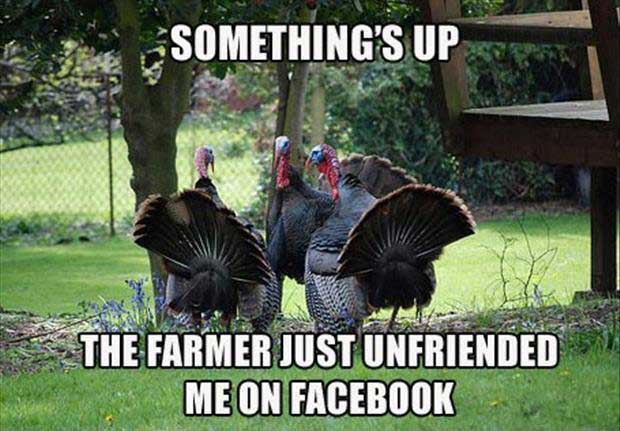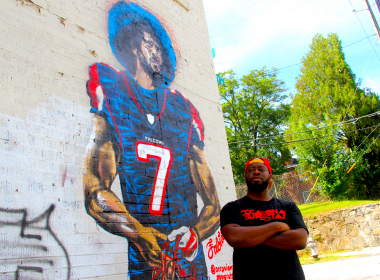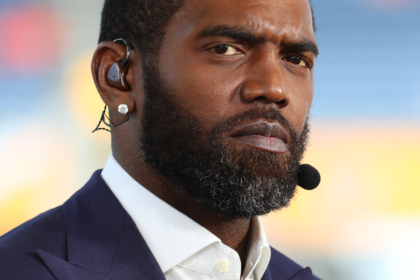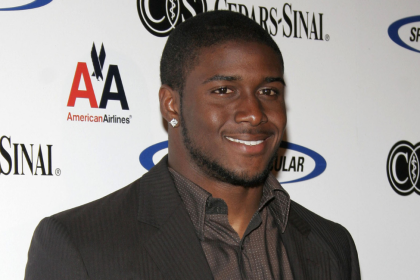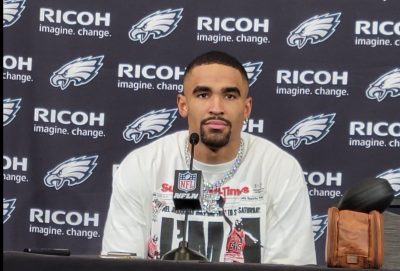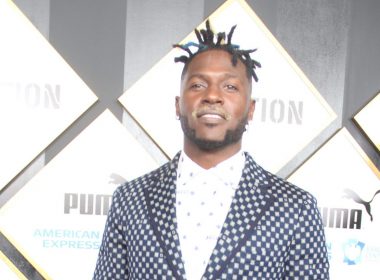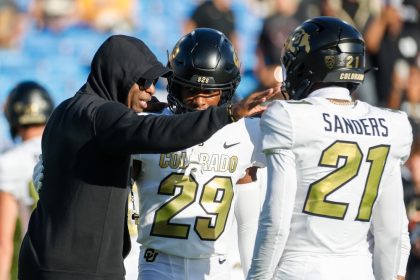
While the risk of sustaining a concussion and the cost of ensuring player safety may affect football participation, it will not affect its popularity. There is a strong possibility that middle class and more affluent families will direct their sons to other sports. Football could become a sport played mostly by the sons of economically challenged families. This will impact the quality of the talent pool at the college and pro levels, but it will not prevent fans from cheering for their team. Fans are concerned with wins and losses, not concussions. My fear is that high school football will suffer irreparable damage.
It has been said that “all politics are local”; well, that is definitely the case with football. In small towns throughout America; football is the banner draped across the fire truck during the homecoming parade down Main Street; football is the hometown crowd cheering for their team in inclement weather; and football is the collective pride an entire town feels after each victory. You can witness the aforementioned scenes in towns from Delray Beach, Florida; and Cartersville, Georgia; to Eureka, Illinois; and Camanche, Iowa. America’s love affair with football is nurtured on those high school fields every Friday night. The place where our love affair with football begins is in jeopardy.
Concussions and football are star-crossed lovers whose relationship is being analyzed and debated in documentaries, films and courtrooms. As more information about brain trauma comes to light, neurologists and other medical experts will issue more protocols and procedures for safety regarding football. For the NCAA and NFL, these guidelines will be implemented quickly to ensure the public that the safety of its athletes is a priority as well as a means of protecting themselves from future lawsuits. On the other hand, the cost of implementing the protocols and procedures deemed necessary for player safety may be the death knell for many high school football programs. Insurance rates, medical personnel and medical training all have a price. How many small-town high schools will be able to afford these costs?
High school football is not important because it is the training ground for future college and professional players. High school football has never ended a war or solved a race issue. But for three hours every Friday night, everyone in town becomes a bear, lion, tiger or whatever your high school’s mascot is. High school football helps build a sense of community. There is something very American about that.
I am a lifelong football fan. Watching football every Saturday afternoon introduced me to various colleges, many of which I applied to as a high school senior. In junior high school, I based my life timeline on Miami Dolphins’ quarterbacks: Bob Griese, Don Strock, David Woodley and Dan Marino. Football is embedded into the fabric of American life. It is possibly our greatest entertainment addiction and greatest escape from life’s struggles. Hopefully, we will be able to make football safer without losing the traditions that make it our culture’s most important sport.


